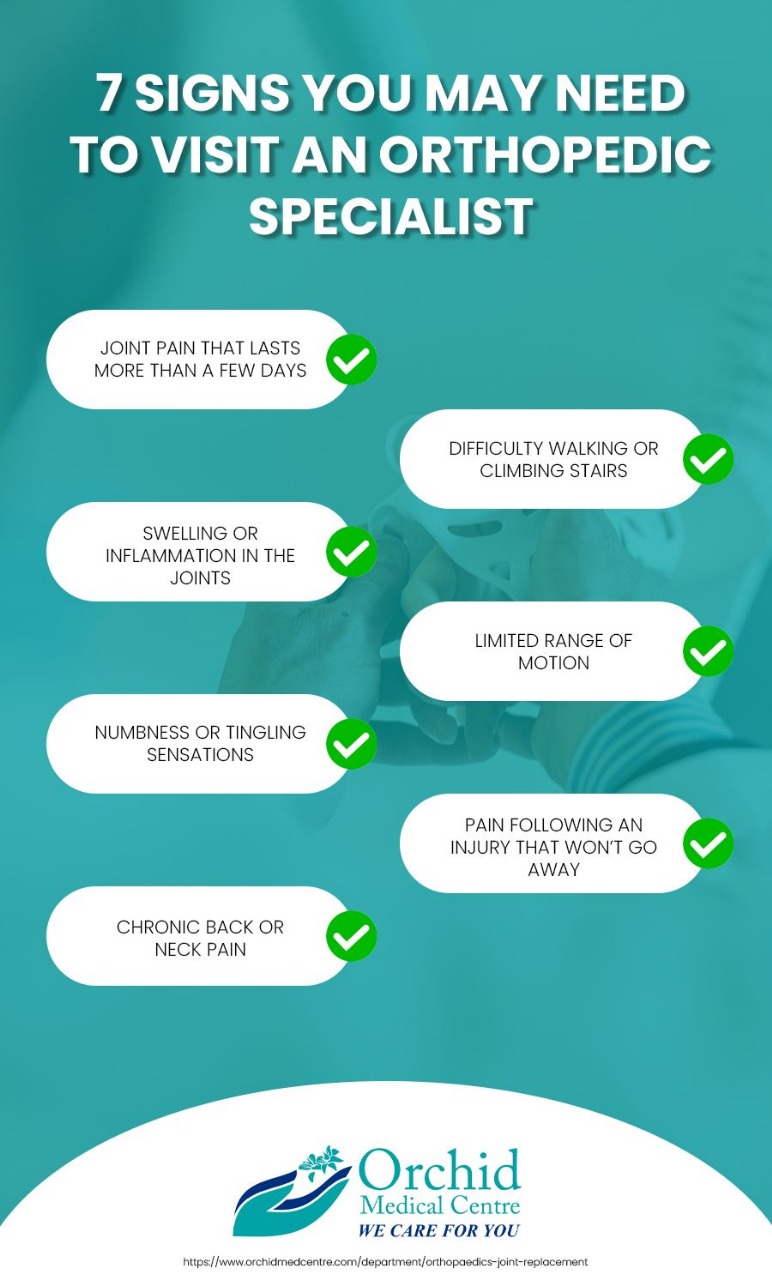
Blog Details

When is Spinal Surgery Recommended and What are the Different Procedures?
The spine is the body part that gives stability and strength every time we move around. The spinal vertebrae serve as a protective shield for the spinal cord. A neurologist may first use minimally invasive methods to create issues in the spine and address the pain or back issues. These methods include spine injections. Physical therapy exercises can also be recommended to help improve flexibility, strength, and posture. However, if these do not solve the problem, then the doctor may recommend spinal surgery to help with the back pain and other issues.
Most patients with spine problems can be treated non-surgically. Home exercises, physical therapy, medications, and spinal injections are often suggested before considering spinal surgery.
How to Know When a Person Needs Spinal Surgery?
But, there are many things to consider before the neuro doctor in Ranchi suggests spinal surgery. They will first determine whether surgery is necessary to treat the issue or whether it can be treated with non-surgical methods. In case surgery is required, they will decide whether it should be a traditional spine surgery or minimally invasive spine surgery. Let us explore the different options for spinal surgery.
Surgery is only recommended when patients come with extreme symptoms. However, first, they are evaluated for low back pain or neck pain. Such patterns are watched over time, and encouraged to maintain good and stable physical activity to check whether the issue is resolved. If the symptoms persist, the doctor may recommend pain management and anti-inflammatory medication or over the counter treatments. If these treatment options do not work, the doctor may resort to further evaluation.
Most patients with science problems can be treated non-surgically. Home exercises, physical therapy, medications, and spinal injections are often suggested before considering spinal surgery. But surgery becomes a good option if the problem is not resolved after using other treatment options.
For example, if a person suffers from significant neurogenic pain in the extremities and non-surgical management has not provided relief, surgical intervention is the best option. For patients with symptoms related to nerve root compression and spinal cord-like weakness in an arm or leg, surgical intervention is recommended, if non-surgical treatment has not helped.

_11zon.jpg)
Types of Spinal Surgery Procedures
Fusion:
Vertebral arthrodesis or fusion method is used when:
- There is arthrosis pain from hypertrophic arthrosis joints.
- Instability is caused by various factors, such as sleek spondylolisthesis or scoliosis when there is an excess of mobility in the spine.
- Spinal stenosis
- Deformities like scoliosis.
- Posterior cervical fusion
- Anterior cervical fusion is used to treat degenerative disc disease. It uses bone grafts to fuse the segment.
Surgical techniques
This includes:
- Electro dermal therapy
- Percutaneous techniques involve the use of injections or techniques like radiofrequency denervation to relieve lumbar and cervical pain.
- Vertebroplasty: This involves increasing the interosseous space of the vertebrae by injecting bone cement in order to add vertebral stability.
Decompression techniques
- Microdecompression is used to treat canal stenosis
- Microdiscectomy is used to remove herniated fragments from the intervertebral disc. It is one of the most commonly used procedures in spinal surgery.
To Sum Up
So, we can conclude that spinal surgery is often the last resort for spinal issues. The type of surgical method used will depend on the severity of the symptoms and what the exact problem is.





















.jpeg)

.jpg)


.webp)
.webp)



.webp)
.webp)
